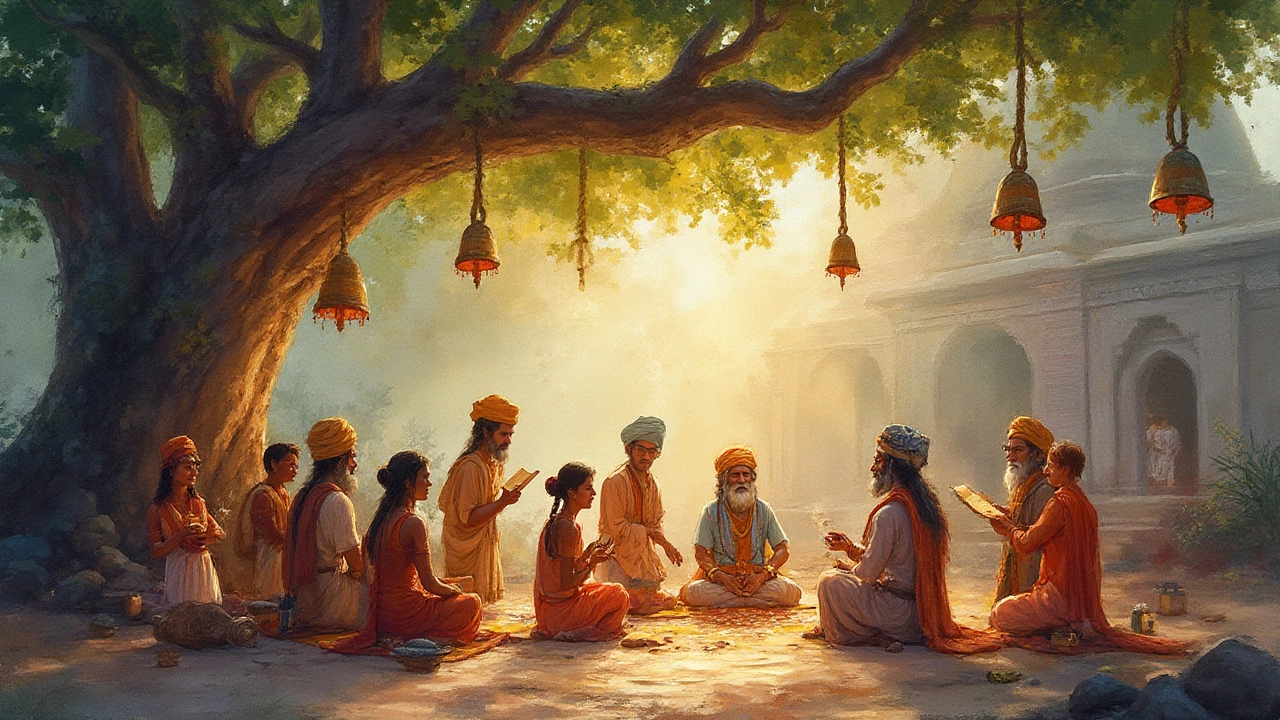
Are whispers about a 13th Jyotirlinga true or just spiritually loaded rumors? Let’s dig into facts, stories, and what really keeps people questing for more.
When you look at Jyotirlinga List, a compiled record of the twelve holy Shiva sites spread across India. Also known as list of Jyotirlingas, it helps devotees and travelers map out a spiritual road trip. The list Jyotirlinga List isn’t just names – it connects myths, architecture, and regional culture, so you get a clear picture before you set foot on any ground.
At the heart of the list is the Jyotirlinga, a manifestation of Lord Shiva that appears as a radiant pillar of light. Each Jyotirlinga tells a different story, from the icy peaks of the north to the lush valleys of the south. For example, the Somnath Jyotirlinga guards the Arabian Sea, while the Rameshwaram shrine sits at the tip of the Indian subcontinent, marking a historic link to the Ramayana. Knowing these narratives adds depth to your itinerary.
Speaking of Shiva, the Hindu god of destruction and regeneration, often portrayed with a trident and a third eye, the Jyotirlinga sites are his most revered abodes. Shiva’s presence shapes the architecture – towering lingams, ornate mandapas, and chanting festivals. If you’re curious about how Shiva’s symbolism influences temple design, each shrine offers a live lesson: the Mahakaleshwar in Ujjain showcases a haunting midnight ritual, while the Kedarnath temple, high in the Himalayas, reflects his ascetic side.
One of the biggest Hindu pilgrimage, a journey undertaken for spiritual merit and personal growth routes revolves around this list. Pilgrims often follow the “Char Dham” circuit, but the twelve Jyotirlingas form a broader network that many consider the ultimate quest. Visiting all twelve is said to cleanse past sins and grant inner peace. For tourists, the pilgrimage doubles as a cultural tour: you get to sample regional cuisines, meet local artisans, and witness festivals that aren’t on any regular travel guide.
The Jyotirlinga list also ties directly to Indian temples, historical places of worship that blend art, history, and spirituality. Each temple has its own management board, festival calendar, and visitor rules. Understanding these nuances helps you plan better – like arriving early at the Bhandara Ghats of Omkareshwar during Navratri or booking a guided trek to the remote Grishneshwar shrine in Maharashtra. The list serves as a practical checklist, ensuring you don’t miss hidden gems like the ancient Mahakaleshwar or the coastal Bhimashankar.
Beyond the spiritual angle, the Jyotirlinga list supports sustainable tourism. Many sites are now part of heritage conservation efforts, balancing pilgrim influx with preservation of art and environment. When you follow the list, you’re often participating in community‑run eco‑initiatives, like waste‑free camps at the high‑altitude shrines. This synergy between devotion and responsible travel is a growing trend among younger pilgrims.
Now that you’ve got the big picture – the core definition, its ties to Shiva, pilgrimage practices, and temple architecture – you’re ready to dive into the detailed articles below. Each post breaks down a specific Jyotirlinga, offers travel tips, and shares stories that bring the sacred pillars to life. Explore the collection to plan your own spiritual itinerary, learn the legends, or simply satisfy your curiosity about India’s most revered shrines.

Are whispers about a 13th Jyotirlinga true or just spiritually loaded rumors? Let’s dig into facts, stories, and what really keeps people questing for more.